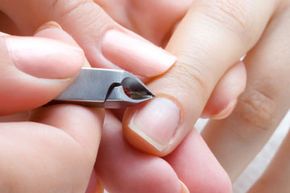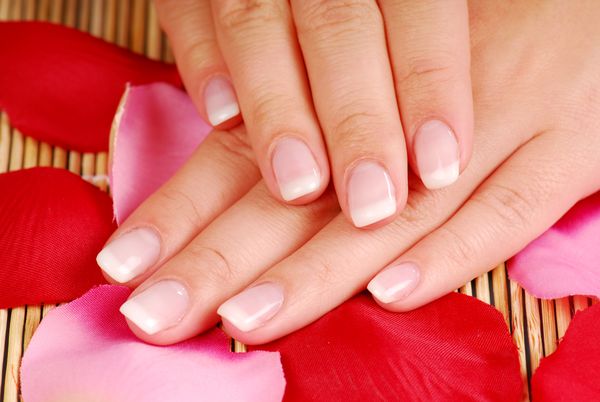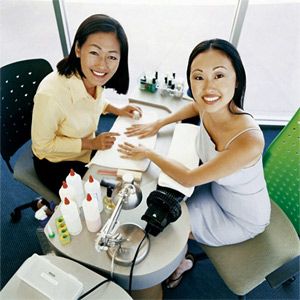Remember when your mom used to nag you about biting your nails? It turns out she had a reason. If your cuticles and nails are separating, you've probably got a common infection called paronychia -- and you probably got it from biting your nails. Most people take their cuticles for granted, but they're actually important: They protect the area around your nails by creating a barrier against bacteria and other infectious organisms. If they get damaged, which often happens when you bite your nails, these organisms may be able to find a way into your body and you'll end up with an infection that -- among other things -- causes your cuticles and nails to separate [source: Rockwell].
Of course, biting your nails isn't the only way to end up with paronychia. The infection can also result from manicuring too much or a job that requires you to get your hands wet on a regular basis. Bartenders, housekeepers and dishwashers, for example, are at a high risk of developing the infection [source: Rockwell]. Paronychia can be caused by a bacterial, fungal or yeast infection. The area where your cuticle and nail separate will often be sore, and may even develop a pus-filled blister. If the infection is bacterial, it will probably occur suddenly, whereas a fungal infection will develop over a longer period of time. Whatever the cause, paronychia is easily treatable [source: Lehrer].
Advertisement
You can usually get relief from bacterial paronychia by soaking your nail in hot water a couple times a day. This should help with both swelling and pain. You may need an antibiotic to clear things up as well; in severe cases, a doctor might have to cut a sore open and drain the fluid from it. Fungal paronychia is slightly different; it requires antifungal medication and can last for months. The best thing you can do is avoid getting an infection in the first place. Don't bite your nails, and if your job requires you to get your hands wet, try wearing rubber gloves. Trim your nails regularly -- but don't trim your cuticles. Remember, they're there for a reason [source: Lehrer].
For lots more information about cuticle and nail separation, check out the links on the next page.
Advertisement


